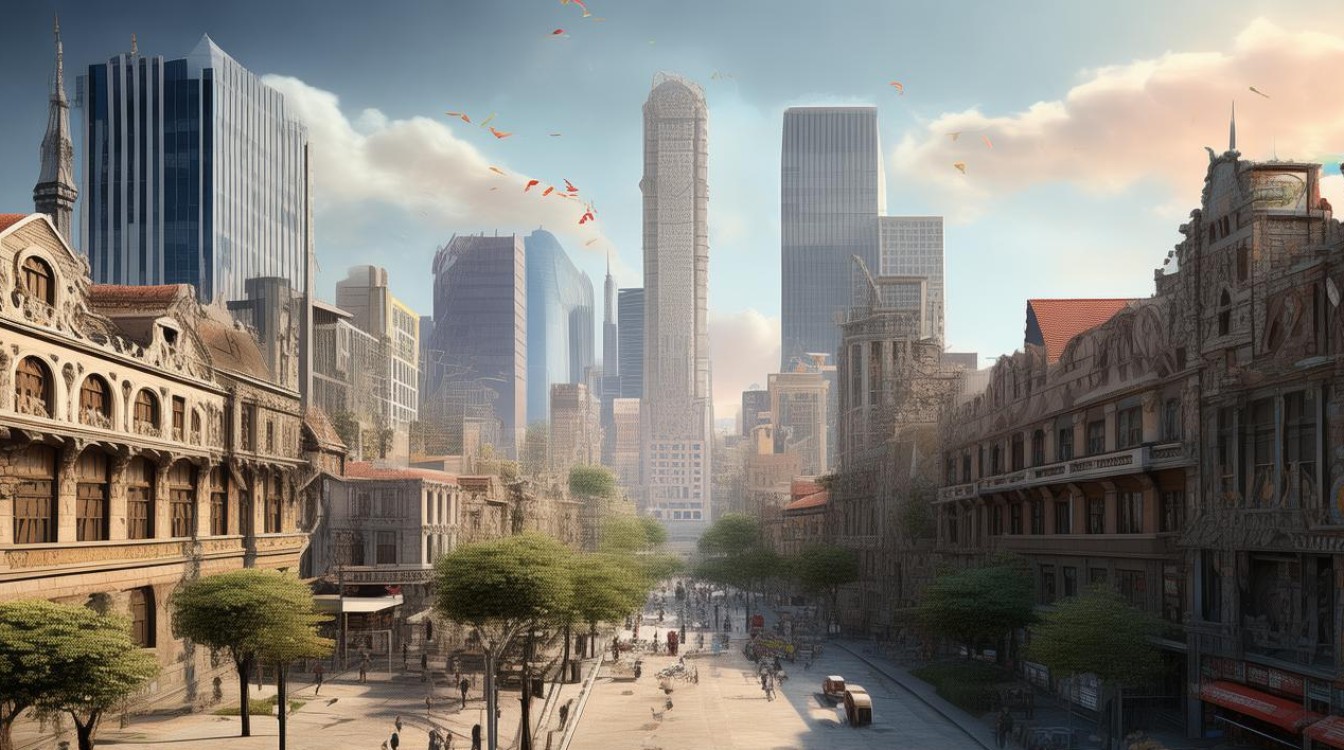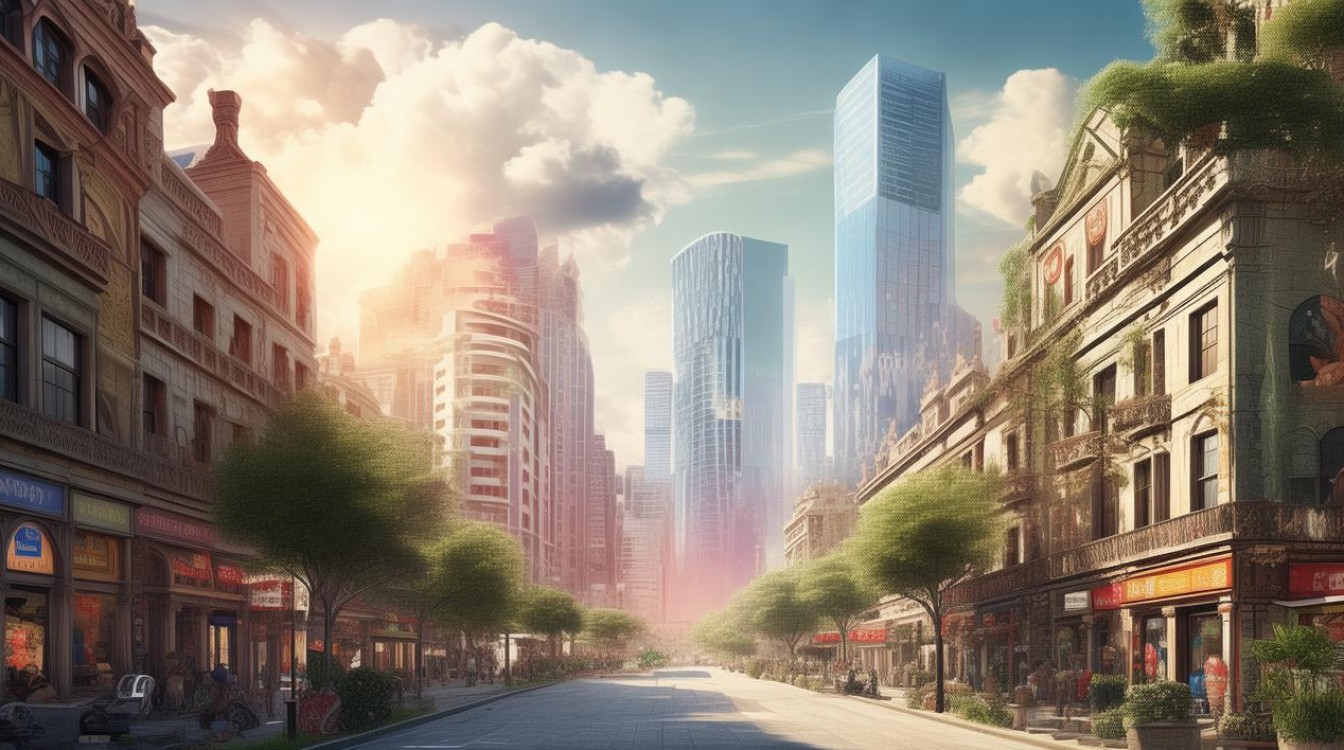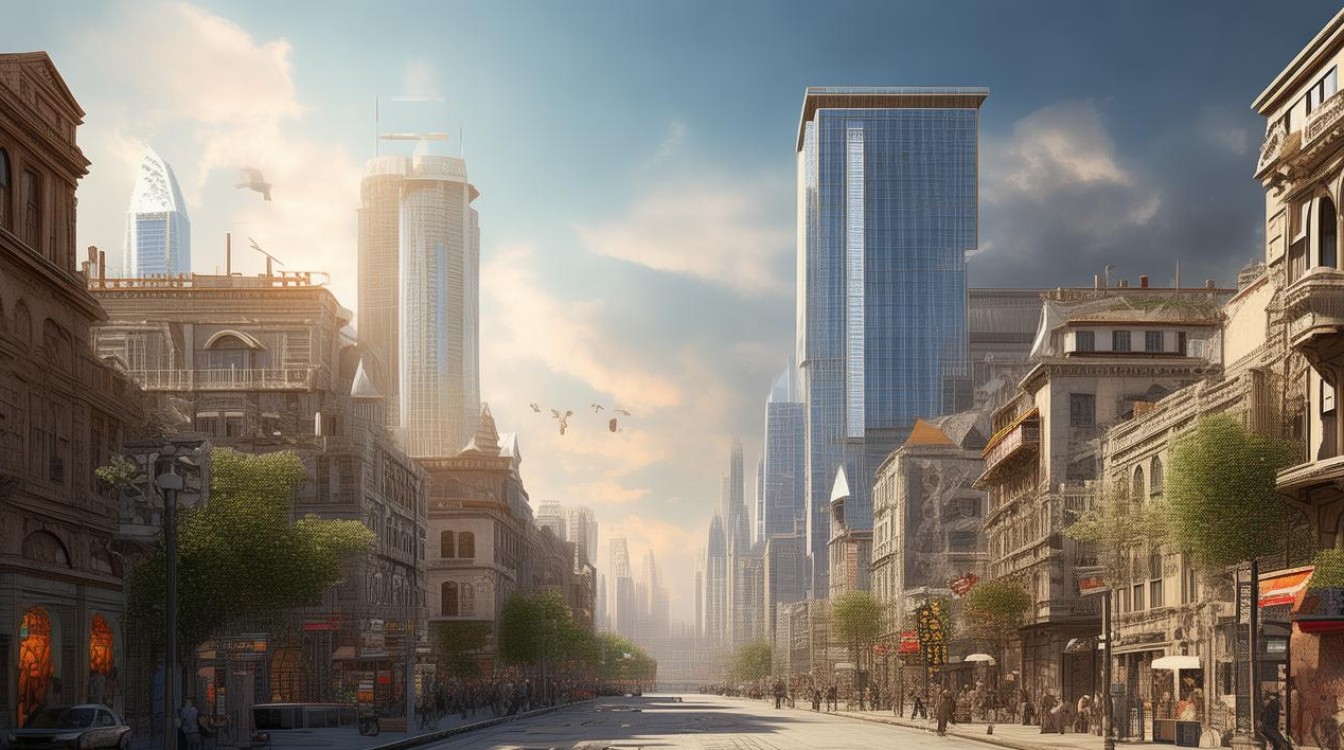Cities have always been dynamic entities, constantly evolving to meet the needs of their inhabitants. Over the past few decades, the pace of urban transformation has accelerated, reshaping skylines, lifestyles, and even cultural identities. From towering skyscrapers to smart infrastructure, the modern metropolis is a testament to human ingenuity and adaptability.

The Rise of Modern Infrastructure
One of the most visible changes in cities is the rapid development of infrastructure. Roads once lined with small shops now host sleek office buildings and high-speed transit systems. The introduction of metro networks, bike-sharing programs, and pedestrian-friendly zones has redefined urban mobility. Cities like Tokyo and Singapore exemplify how efficient transport systems can reduce congestion and improve quality of life.
At the same time, sustainability has become a key focus. Green buildings with solar panels, rainwater harvesting systems, and energy-efficient designs are no longer rare. Urban planners now prioritize eco-friendly solutions, ensuring that growth does not come at the expense of the environment.
Technology’s Role in Urban Life
Technology has revolutionized how cities function. Smart traffic lights adjust in real time to ease congestion, while apps provide instant updates on public transport. The rise of remote work has also altered urban landscapes, with co-working spaces becoming common in business districts.
Artificial intelligence and big data are being used to optimize everything from waste management to energy consumption. In some cities, sensors monitor air quality, alerting authorities when pollution levels rise. These innovations make urban living more efficient, though they also raise questions about privacy and digital dependency.

Cultural Shifts in Urban Communities
As cities grow, so do their cultural identities. Migration and globalization have turned many urban centers into melting pots of traditions, languages, and cuisines. Neighborhoods once dominated by a single culture now celebrate diversity, offering a mix of international restaurants, festivals, and art scenes.
Yet, this cultural blending is not without challenges. Gentrification often displaces long-time residents as property values rise. Historic districts face pressure to modernize, sometimes losing their original charm in the process. Balancing progress with preservation remains a delicate task for city planners.
The Changing Face of Commerce
Retail and business landscapes have undergone dramatic shifts. Traditional brick-and-mortar stores compete with e-commerce giants, leading to the decline of some shopping districts while others reinvent themselves as experiential hubs. Pop-up shops, food halls, and interactive showrooms now attract visitors seeking more than just products.
The gig economy has also reshaped urban employment. Freelancers, delivery drivers, and app-based service providers form a growing segment of the workforce. This shift offers flexibility but also raises concerns about job security and workers' rights.

Urban Challenges and the Path Forward
Despite progress, cities still grapple with issues like housing shortages, pollution, and inequality. Affordable housing remains out of reach for many, pushing lower-income families to the outskirts. Air quality in densely populated areas continues to be a health concern, prompting calls for stricter regulations.
However, innovative solutions are emerging. Vertical farming reduces the need for long-distance food transport, while modular housing offers quicker, cheaper construction. Community-led initiatives, such as urban gardens and local recycling programs, empower residents to take an active role in shaping their environment.
Personal Perspective
Cities are more than just collections of buildings—they are living, breathing organisms shaped by the people who inhabit them. The best urban transformations balance progress with humanity, ensuring that growth benefits all residents, not just a privileged few. As we look to the future, the challenge lies in creating cities that are not only smart and efficient but also inclusive and sustainable.
The evolution of urban spaces will continue, driven by technology, culture, and necessity. How we navigate this change determines whether our cities become engines of opportunity or islands of disparity. The choice is ours.


